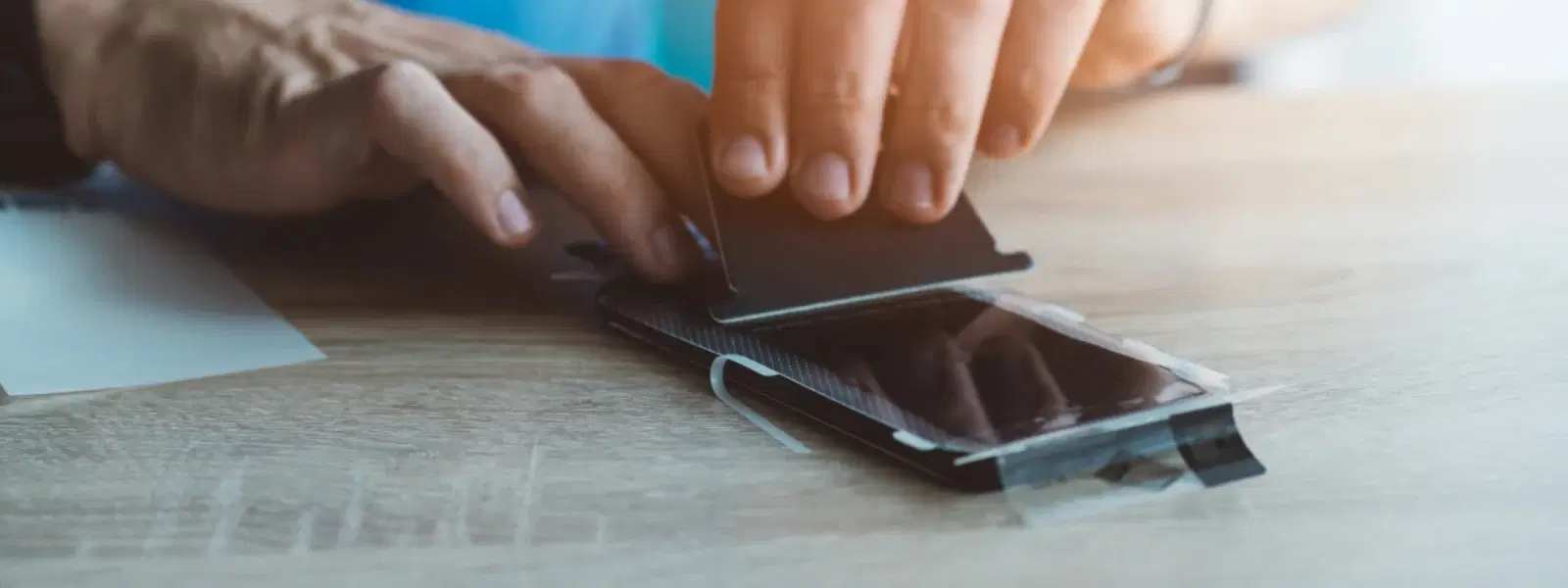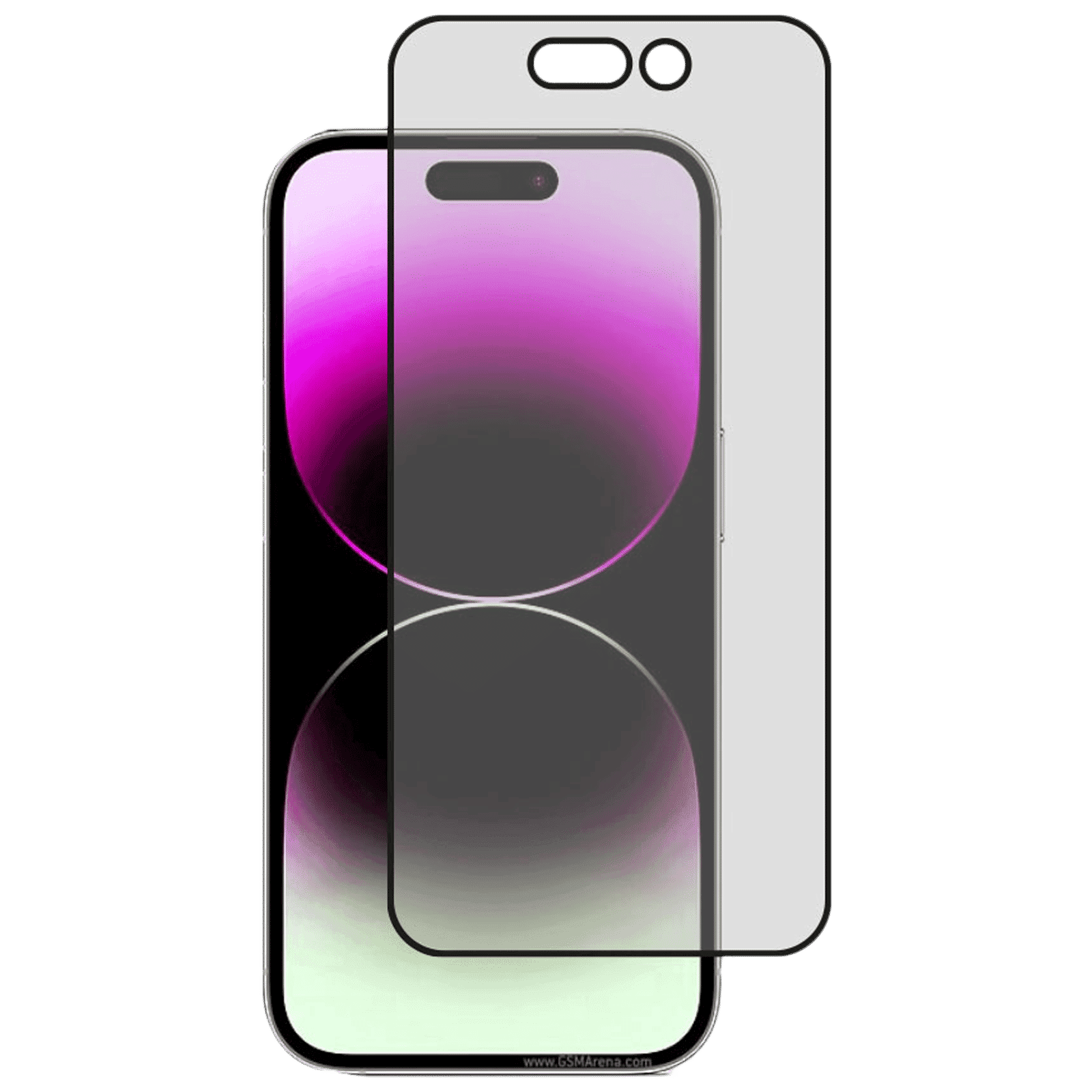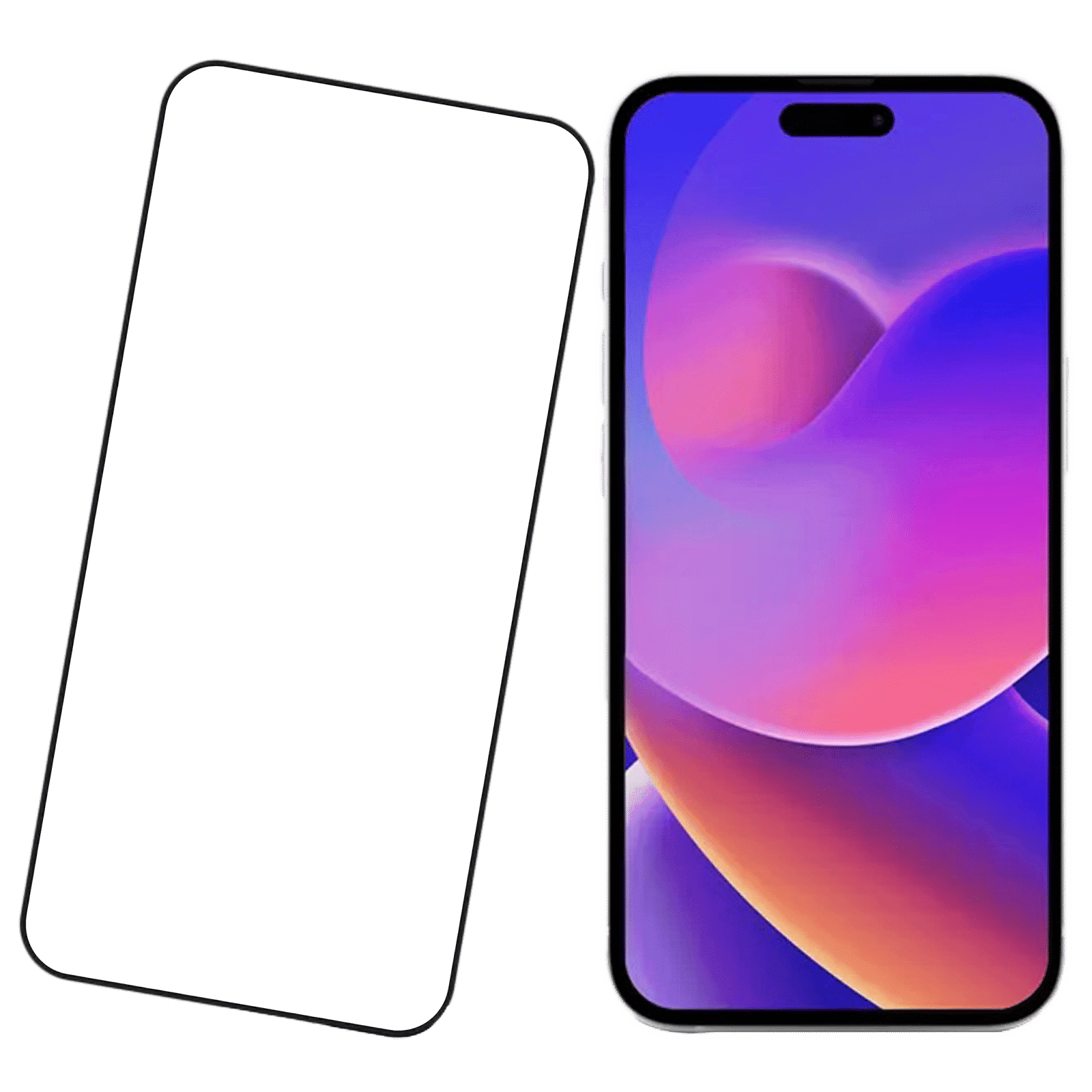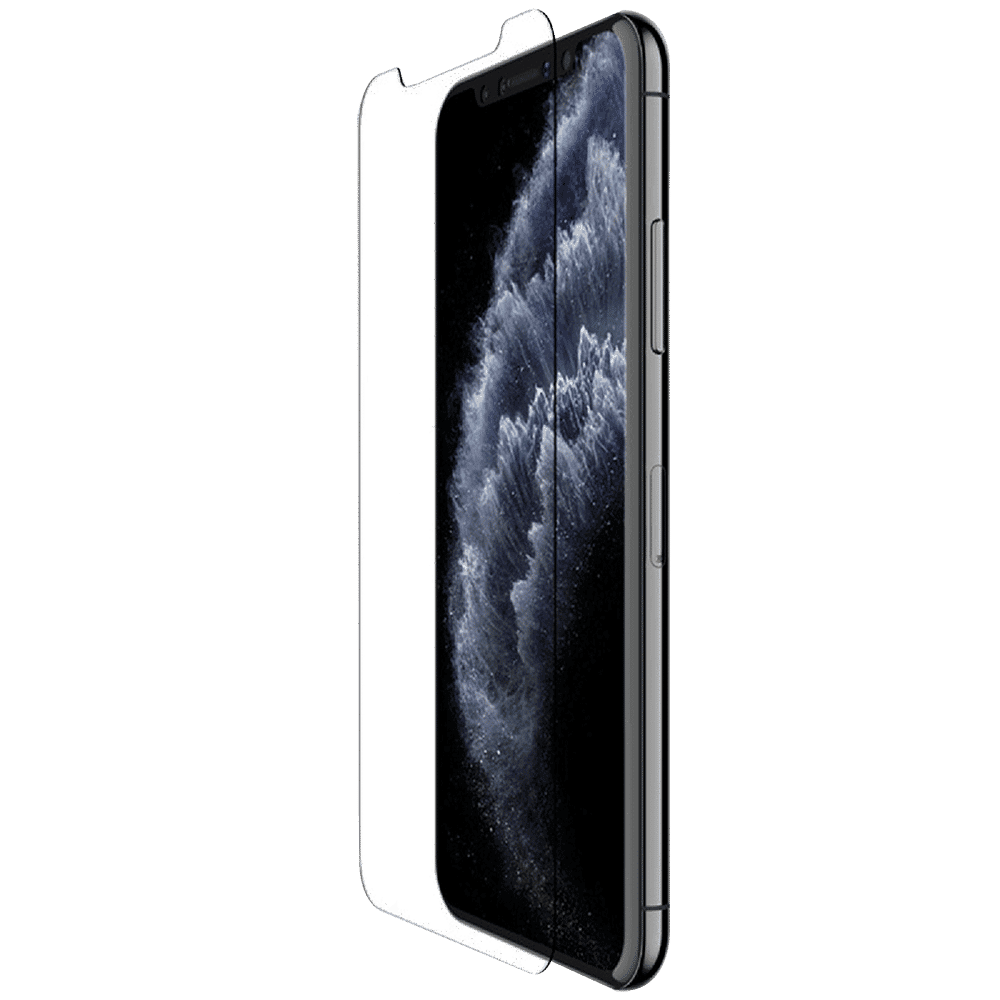
Consumer Electronics
•03 min read

Buy scratchgard primo Tempered Glass for Apple iPhone 14 Pro Max (Precision Touch Sensitivity) online at best prices from Croma. Check product details, reviews & more. Shop now!
Your smartphone is your lifeline—so keeping its screen safe is non‐negotiable. When faced with the common dilemma of choosing between tempered glass or other screen protectors, the decision can seem overwhelming. In this guide, you will find clear answers to frequently asked questions about whether tempered glass or a different type of screen protector is the best screen protection for phones. By the end, you will be able to understand the advantages of tempered glass, the various types of phone screen protectors available, and the key differences between them.
Screen protectors serve as a shield for your mobile device, guarding against scratches, smudges and minor impacts. They come in different materials and each type offers unique benefits. Whether you are considering a lightweight plastic film or a more robust tempered glass, each option has its purpose.
There are several options when it comes to screen protection:
Plastic Film: This is a lightweight and affordable choice.
Hydrogel: Known for its flexibility and self-healing properties.
Silicone: Offers anti-shock advantages that are ideal for impact absorption.
Polymer: Provides high clarity and scratch resistance to maintain your screen's look.
Tempered Glass: Delivers durability and a premium touch that many users prefer for enhanced visual and tactile experience.
Tempered glass is celebrated for its superior durability and scratch resistance. It not only maintains a premium look on your phone but also offers enhanced touch sensitivity and a smooth feel. This makes it a top choice when looking at tempered glass durability, especially for those who want long-lasting protection.
While screen protectors have many benefits, they come with a few drawbacks. On the plus side, they are lightweight, flexible and generally more affordable. However, compared to tempered glass, conventional screen protectors may be prone to scratches and might sometimes affect screen clarity. This screen protector comparison is essential to consider when weighing your options.

Buy HYPHEN DEFENDR Tempered Glass for Apple iPhone 14 Pro (Full Coverage) online at best prices from Croma. Check product details, reviews & more. Shop now!
When making a choice, consider these key factors:
Durability: Tempered glass durability generally surpasses that of other materials.
Price: Reflect on the cost differences between a screen protector and tempered glass options.
Installation: Evaluate the ease of application. Tempered glass typically offers a straightforward installation process, while some other protectors may require more careful alignment.
Compatibility: Assess which option works best with your device, especially if you have a curved display or a unique screen design.
When deliberating how to choose a screen protector, keep in mind the type of device and its screen design. If you own a phone prone to accidental drops or scratches, a robust tempered glass might be the best match. Your budget and long-term value are also important considerations, especially when you factor in NeuCoins rewards available on Tata Neu which offer more value every time you shop smartly.
Real-life examples often reveal that tempered glass has a clear edge in terms of impact resistance and overall longevity. However, for devices used primarily in low-risk environments, a plastic film protector or hydrogel might suffice without compromising on everyday performance.
Did You Know?
Tempered glass can withstand up to 5 times more force than traditional plastic screen protectors, making it the go-to option for durability and impact resistance.
Tempered glass offers high resistance to both scratches and impacts. It helps in retaining screen clarity and maintains smooth touch responsiveness over time. These tempered glass benefits make it a favoured choice for those seeking long-lasting protection in their phone screen protection options.

Buy in base Tempered Glass for Apple iPhone 12 Mini (Oleophobic Coating) online at best prices from Croma. Check product details, reviews & more. Shop now!
One common query is whether tempered glass can remove scratches. The answer is straightforward: it does not remove existing scratches, but it does prevent new ones from forming. Additionally, while tempered glass is highly durable, it does have a higher cost and can shatter under extreme impact conditions. Some users are also concerned about its environmental impact compared to other protectors. Yet, for many, the premium feel and superior protection outweigh these disadvantages.
Tempered glass is generally better for durability, clarity, and long-term protection, while other screen protectors may be more affordable and flexible.
They can shatter under extreme force and are more expensive than plastic film alternatives.
No, it does not remove existing scratches but helps prevent new ones from appearing.
Tempered glass typically offers the best protection due to its durability and premium feel.
Tempered glass is noted for its superior impact resistance, whereas polymer protectors excel in flexibility and scratch resistance.
In summary, tempered glass is ideal for those who prioritise durability, screen clarity, and lasting protection for their smartphones. Meanwhile, other types of screen protectors offer benefits in flexibility and affordability. Your choice ultimately depends on your device, usage habits, and budget. Tata Neu recognises these diverse needs and offers rewards like NeuCoins on every purchase, making smart shopping all the more rewarding. Furthermore, with trusted partnerships and efficient services such as Express Delivery for orders placed before 6 pm, enjoying the latest tech while ensuring your device stays protected has never been easier.